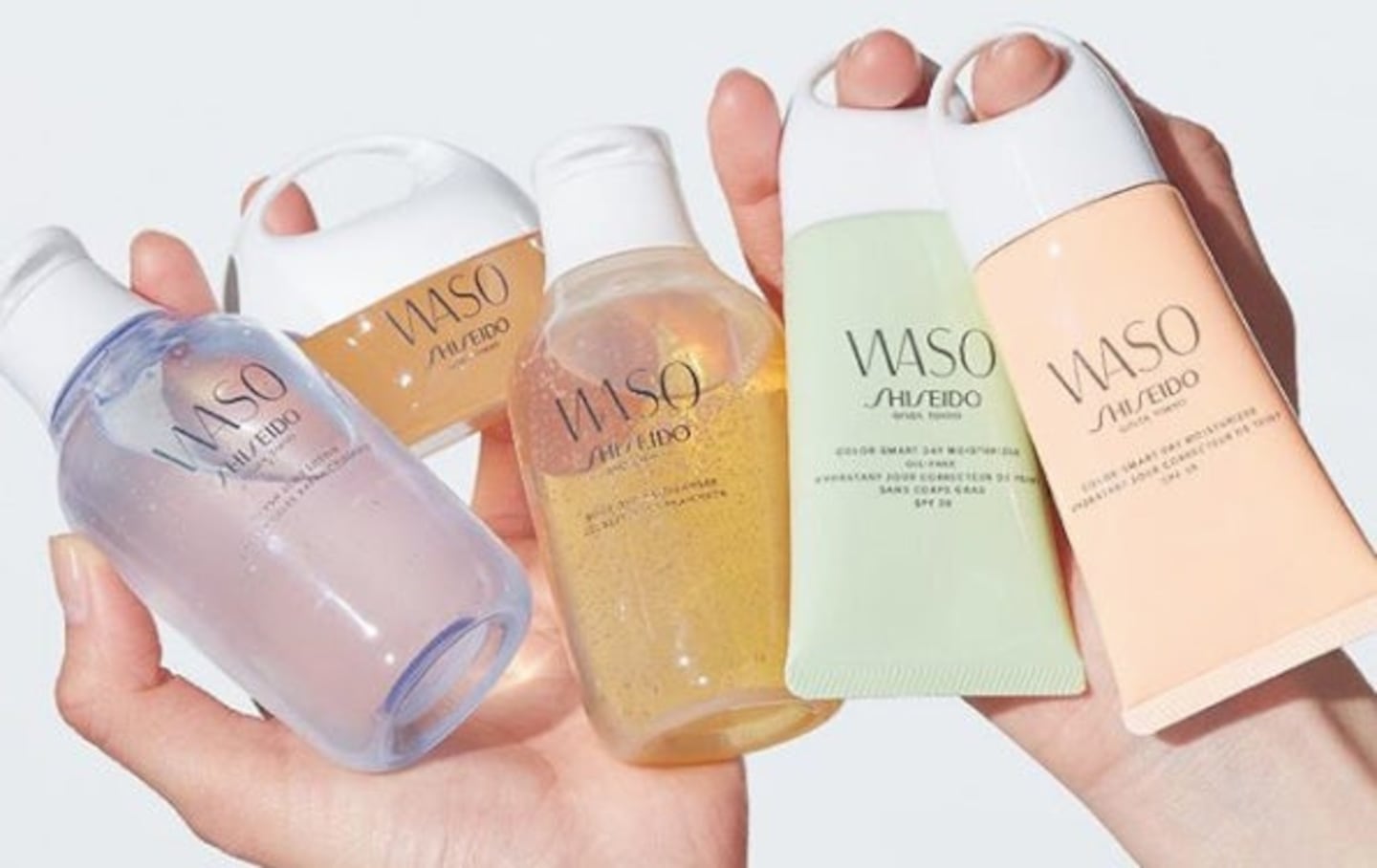
The Business of Fashion
Agenda-setting intelligence, analysis and advice for the global fashion community.

Agenda-setting intelligence, analysis and advice for the global fashion community.

TOKYO, Japan — As global retailers struggle to keep Chinese consumers shopping, Japan's oldest cosmetics brand is flourishing there. Almost to a fault.
Last week, Shiseido posted an 8.9 percent rise in 2018 sales to 1.049 trillion yen ($9.51 billion) and a 34.7 percent climb in operating profit to 108.4 billion yen. Yet fourth-quarter operating profit slid 29 percent compared with a year earlier, driven by widening losses in the US and Europe, as well as a supply shortage that the company aims to rectify with plans for three new factories in Japan.
China has become a bigger slice of Shiseido’s pie, accounting for 17.4 percent of overall sales last year, up from 14.4 percent in 2017. Meanwhile, its sales elsewhere in the world are shrinking. In Europe, Shiseido is a minnow compared with homegrown giants. The company’s BareMinerals brand in the US, which should benefit from millennials’ proclivity for “clean beauty,” has been selling too many products with too little focus.
The owner of Laura Mercier and Nars could be forgiven for favouring the China market, where cosmetics — unlike iPhones and cars — have gone from discretionary items to staples. This is partly thanks to what Macquarie Group analysts call “consumption polarisation:” value-seeking shoppers are still splashing out on luxury items, just selectively. So, someone may drink the high-end baijiu made by Kweichow Moutai at business meetings or gatherings with friends, but will switch to the much-cheaper, almost lethal Erguotou variant at home. That same person might eat instant noodles for lunch, only to fork out for a Louis Vuitton handbag.
ADVERTISEMENT
China's makeup fans aren't going to ditch their Anessa moisturising sunscreen ... But over-reliance on the Chinese market is risky.
Against this backdrop, premium makeup has a decent outlook. Shiseido’s Cle de Peau and Nars lines, as well as the company’s eponymous creams, have joined the likes of Estée Lauder's La Mer and L’Oréal's Biotherm, which remain popular among China’s online-savvy Generation Z crowd and beauty bloggers. In fact, Chinese in-store sales of Shiseido’s “prestige brands” surged more than 40 percent in January, chief executive Masahiko Uotani said.
The problem is that last year’s China sales boom will be hard to replicate. That’s less because Shiseido is losing favour, than because it can’t keep up: The plants being built to meet rising Asian demand won't be operational until the end of the year at the earliest, says Catherine Lim, analyst at Bloomberg Intelligence. That means not only will the company sell fewer products, it also will have to keep paying to outsource production, further lifting costs and squeezing already falling margins, she added.
In fact, the biggest challenge China poses to Shiseido is at home. Beijing’s crackdown on daigou — Chinese tourists who shop abroad for resale on the mainland — has curbed purchases in Japan. From January 1, these personal shoppers have had to register and pay taxes on the goods they’re selling. The company’s daigou sales, which make up a fifth of its sales to tourists in Japan, fell 20 percent last month from a year earlier.
China’s makeup fans aren’t going to ditch their Anessa moisturising sunscreen that “turns sweat to your advantage” or their Cle de Peau lipsticks. But over-reliance on the Chinese market is risky. Shiseido learned this lesson six years ago, when its sales suffered steep declines after a territorial spat between Japan and China led to boycotts. Seoul-based Amorepacific saw a similar push against its products after South Korea deployed an anti-missile system that China opposed. If Shiseido takes a long look in the mirror, it may decide it’s time for a better global foundation.
By Nisha Gopalan; editor: Rachel Rosenthal.
With consumers tightening their belts in China, the battle between global fast fashion brands and local high street giants has intensified.
Investors are bracing for a steep slowdown in luxury sales when luxury companies report their first quarter results, reflecting lacklustre Chinese demand.
The French beauty giant’s two latest deals are part of a wider M&A push by global players to capture a larger slice of the China market, targeting buzzy high-end brands that offer products with distinctive Chinese elements.
Post-Covid spend by US tourists in Europe has surged past 2019 levels. Chinese travellers, by contrast, have largely favoured domestic and regional destinations like Hong Kong, Singapore and Japan.